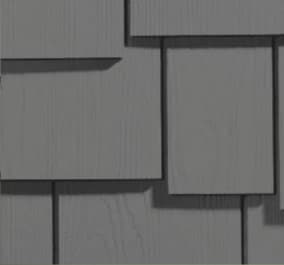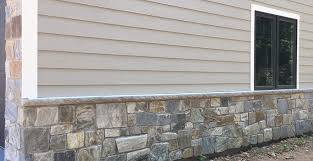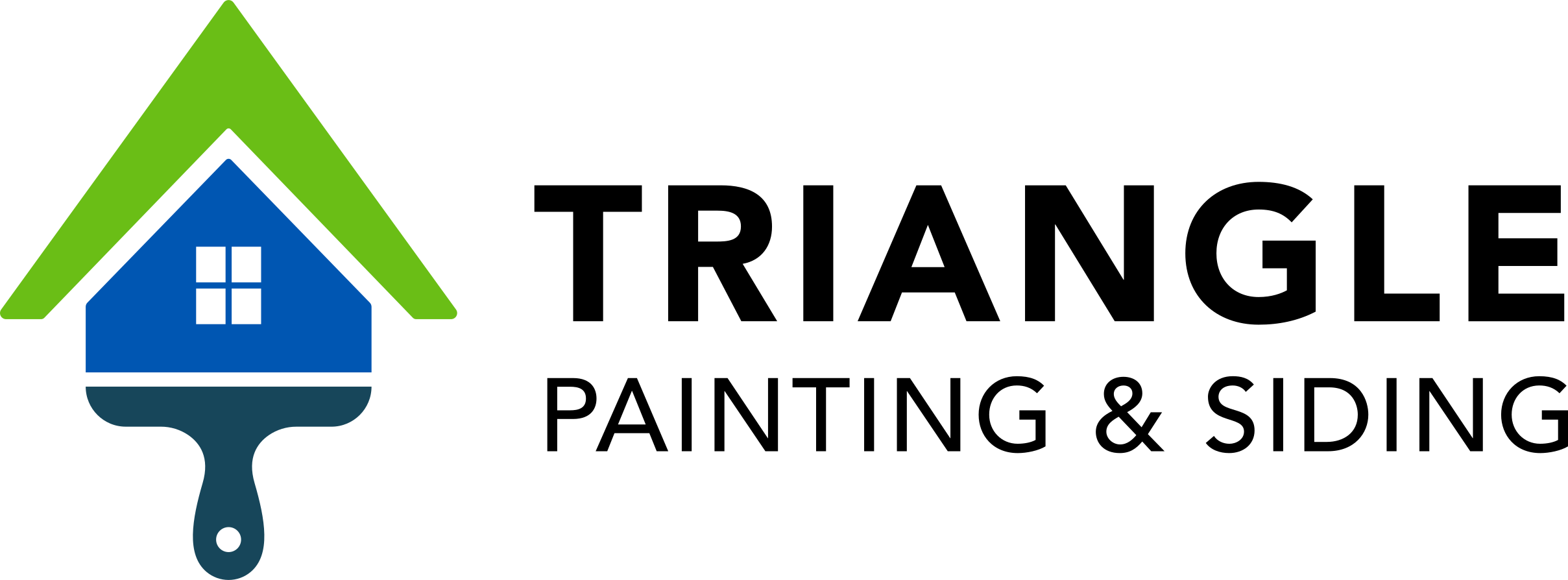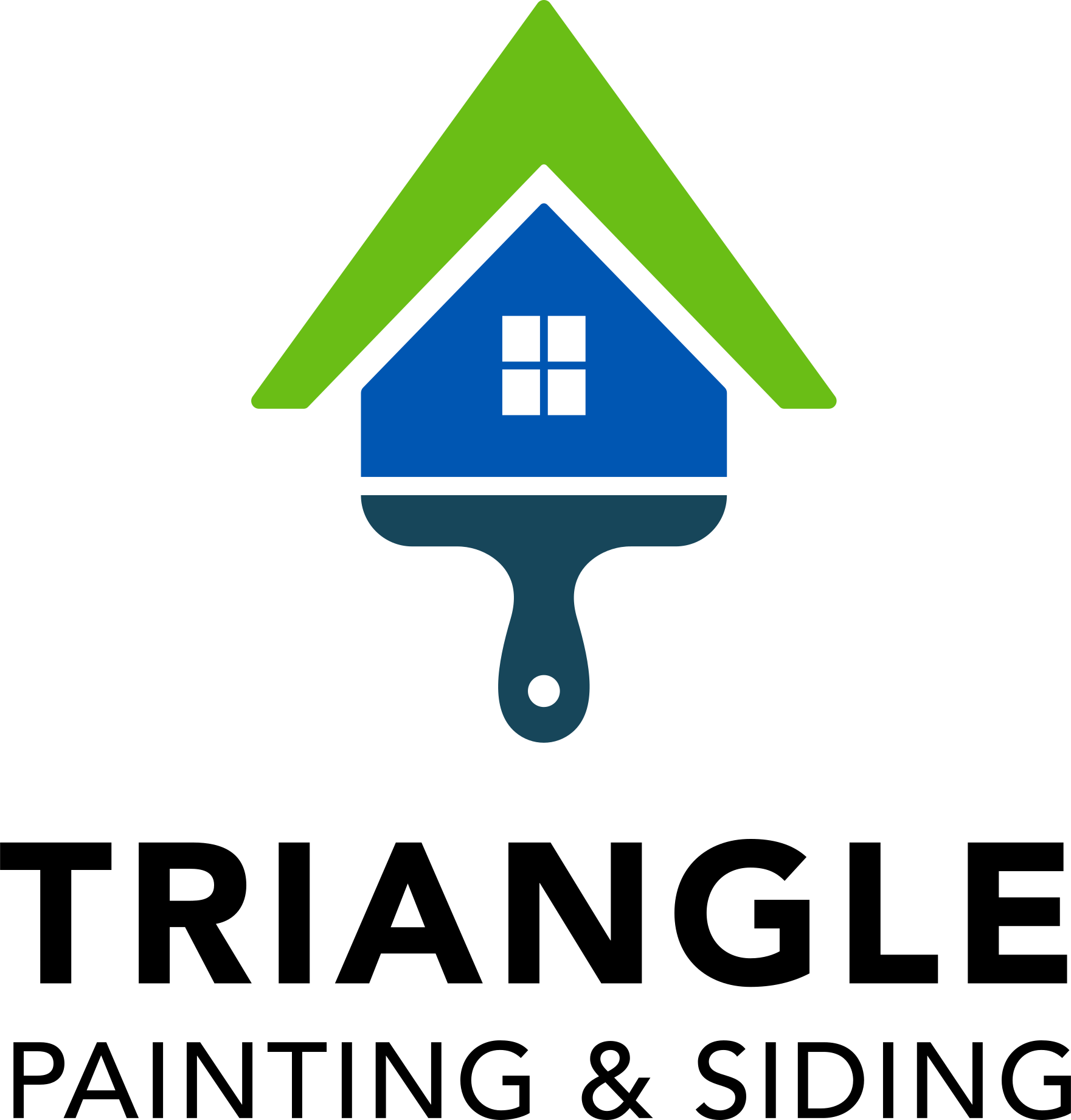Installing Hardie Board Fiber Cement Siding
 Installations of fiber cement siding have rapidly turned into lucrative and popular home-improvement projects for multiple reasons. To begin with, this type of siding is cost-effective, while still providing weather-proof qualities and premium durability. Fiber cement protects homes and buildings in just about any climate from various elements.
Installations of fiber cement siding have rapidly turned into lucrative and popular home-improvement projects for multiple reasons. To begin with, this type of siding is cost-effective, while still providing weather-proof qualities and premium durability. Fiber cement protects homes and buildings in just about any climate from various elements.
Fiber cement siding is actually among the most durable and weather-proof siding types available on the market. It costs as little as $2.45 per square foot. It also looks fantastic once installed. This siding type comes in several colors and styles and can be used to boost the curb appeal of many different types of homes.
Installations of fiber cement siding also yield an attractive ROI (return on investment) for homeowners of today. According to a 2021 Cost vs.Value report, installations involving fiber cement siding secured a fourth-place position for achieving the “highest” resale value for owners of homes when compared to any of the other home improvement projects. Homeowners can benefit from recouping up to 69.4% of the money they spend on fiber cement siding installations when it comes to home resale values. This return is the strongest of any of the other siding types.
Fiber Cement Siding Costs
In most cases, the costs for fiber cement siding ranges between $2.45 and $12.85 per square foot of installed siding. When comparing costs, it is regarded as a mid-to-low range siding type with one of the highest potentials for return on investment, since it can last between 30 to 50 years.
To accurately estimate the costs involved for a siding project, we suggest using the Modernize Siding Cost Calculator. This will allow you to gain an accurate estimate of the siding project and compare the installation of fiber cement when compared to other types of siding.
Fiber Cement Siding Types
 Fiber cement boards are usually made from water, sand, cement, and cellulose fiber. It is mainly manufactured to resemble the visual appeal of wood. Fiber cement is a more durable choice than wood since it is resistant to fire, pests, and moisture.
Fiber cement boards are usually made from water, sand, cement, and cellulose fiber. It is mainly manufactured to resemble the visual appeal of wood. Fiber cement is a more durable choice than wood since it is resistant to fire, pests, and moisture.
Fiber cement siding is available in several types and is a popular choice amongst homeowners. Here is a list of the 3 main fiber cement siding types:
- Panels
- Shingles
- Clapboard
Fiber cement is also available in many styles including curved-shake, shake, vertical, plank, lap, and several geometric patterns. This siding type also comes in many colors and textures. The latest fiber cement siding options also realistically imitate the visual appeal of brick, stacked flagstone, and natural fieldstone at a much cheaper cost.
#1 Fiber Cement Panels
Fiber cement panels are available in stucco, brick, or stone material options. This provides homeowners with a way to achieve the appeal of high-end siding such as brick or stone at a much more affordable price tag.
When you choose fiber cement panels, the joints can be covered with trim or you can choose to leave the panels as is. These panels are available in sizes ranging from 5/6 inches to 5/8 inches thick. Since fiber cement panels are designed to mimic higher-end siding, this option costs more to install when compared to the clapboard and shingle alternatives. Make sure that you consult with a siding contractor to source the most suitable fiber cement panels according to your style preferences and climate.
#2 Fiber Cement Shingles
 Fiber cement shakes and shingles also come in different sizes and shapes with a range of different stains and colors. They typically come in 4,8, and 12-foot individual shingles or strips of shingles before installation. Shingles usually feature wood-grain textures with a staggered or straight design.
Fiber cement shakes and shingles also come in different sizes and shapes with a range of different stains and colors. They typically come in 4,8, and 12-foot individual shingles or strips of shingles before installation. Shingles usually feature wood-grain textures with a staggered or straight design.
Fiber cement shingles are also finished in different ways according to the look and color you are interested in. Your shingles can even be finished so that they resemble cedar siding or natural wood. Fiber cement shakes and shingles range in cost for installation from $2 per square foot up to $9 per square foot.
#3 Fiber Cement Clapboards
Another popular fiber cement siding option includes clapboards, which also go by the name of lap siding. Clapboards are one of the fiber cement board types and are usually available in lap-style horizontal boards. They are quick and easy to install and you can have them stained or painted to achieve the appearance and color that you prefer. The typical finishes that clapboards are available in include rough sawn, wood grain, and smooth textures.
Fiber cement clapboards come in 5/6 inch to 5/8 inch thick options, with a standard length of 12 feet. Clapboards match up to various climates, including the Southwest to the Northwest. Fiber cement clapboards generally range in cost between $2 to $5.25 to install.
Vinyl Siding Vs. Fiber Cement
 While they share a few similarities, fiber cement siding is different when compared to vinyl. When it comes to composition, vinyl siding is made from PVC, a durable and robust plastic, while fiber cement consists of water, sand, cement, and cellulose fiber.
While they share a few similarities, fiber cement siding is different when compared to vinyl. When it comes to composition, vinyl siding is made from PVC, a durable and robust plastic, while fiber cement consists of water, sand, cement, and cellulose fiber.
Fiber cement siding is a highly weather-resistant and durable siding type. While vinyl might also be a weather-resistant option, fiber cement usually outlasts the lifespan of vinyl. Vinyl siding typically starts to display aging signs within 10 to 15 years from installation, while fiber cement has the potential to last 30 to 50 years (in some cases even longer).
When it comes to styles and designs, vinyl and fiber cement share many similarities. They are both available in vertical, horizontal lap, batten, and board, Dutch lap among other styles. Both these options can also mimic other siding types, including brick, natural stone, and wood.
Can You Install Fiber Cement Siding DIY?
Installing fiber cement siding is not one of those DIY projects. The process to install fiber cement panels involves extensive preparation work, carpentry techniques, and skills, sophisticated tools, installing trim, fastening siding, and finishes with caulking and painting.
While it isn’t impossible to install your own fiber cement siding, the time and costs involved when you do not have experience can rise extremely quickly. In many cases, homeowners that have attempted to install these products have ended up having to fork out more money for repairs at a later stage. This is why it is highly suggested to hire a professional and experienced installer that specializes in these products.
Maintenance Tips For Fiber Cement Siding
One of the main benefits associated with fiber cement siding panels, clapboards, and shingles is that they require minimal maintenance and they last for many years.
Warranties
 A siding warranty is one of the best ways to ensure your investment lasts for as long as possible and remains in great shape. Many of the manufacturers, like James Hardie, offer 30 to 50-year warranties. Refinishing is usually required in the first 15 years of your installation to retain your warranty along with the effectiveness and look of the fiber cement siding.
A siding warranty is one of the best ways to ensure your investment lasts for as long as possible and remains in great shape. Many of the manufacturers, like James Hardie, offer 30 to 50-year warranties. Refinishing is usually required in the first 15 years of your installation to retain your warranty along with the effectiveness and look of the fiber cement siding.
Contractors also offer warranties for a siding installation. This will protect you against workmanship provided by the contractor during your installation process. Before you decide on an installation, make sure you have reviewed the different warranties available. Choose one of the siding brands that provide a limited 30 to 50-year warranty.
Tips On How To Clean Fiber Cement Boards
You should be cleaning fiber cement siding every 6 to 12 months. Depending on your location, your siding may require more frequent cleans to remove mold, debris, dust, and dirt that accumulates over time. Before you start cleaning, ensure that you invest in the correct safety gear. This will include gloves and protective eyewear to protect you from respiratory issues from debris and particles such as mildew, mold, or dust. it may be necessary to also protect the surrounding landscaping, by covering it with plastic or a tarp.
Use a clean, soft brush to release any debris and dirt from the surface of your siding. Rinse the siding using your garden hose. If you need to remove grease or oil, use a damp cloth and dish detergent, making sure you rinse the surfaces thoroughly with a garden hose.
If your location is in a humid and warm environment, your fiber cement siding may be susceptible to mold. If you notice any mold starting to grow treat the areas with soapy water and a cloth, followed by a rinse with a hose. For added and longer protection, include diluted mold or mildew cleaner in the cleaning routine.
Is Fiber Cement Siding An Eco-Friendly Option
 Since fiber cement siding lasts for many years, it is a better choice when compared to wood siding or any other type that you will have to replace more frequently. In general, the siding that needs replacing more often will accumulate in landfills along with added transportation emissions and manufacturing to produce new siding products.
Since fiber cement siding lasts for many years, it is a better choice when compared to wood siding or any other type that you will have to replace more frequently. In general, the siding that needs replacing more often will accumulate in landfills along with added transportation emissions and manufacturing to produce new siding products.
Many of the manufacturers that produce fiber cement products have also become more eco-friendly where they are committed to using recaptured water and materials that are locally sourced at their manufacturing facilities. They also recycle the scrap that is produced during production processes. If you are interested in reducing your environmental footprint, research sustainable practices used by the different brands of fiber cement siding products before you buy.









